A condom catheter is recommended for men that cannot control the release of urine. Many men prefer a condom catheter over an intermittent catheter for various reasons. A condom catheter, otherwise known as an external or Texas catheter, is a non-invasive option for men. Any man experiencing urinary incontinence can use a condom catheter. There is no prescription needed for this external catheter. Designed specifically for the male anatomy, the condom catheter is secured with straps or adhesives and connected to a tube attached to a urine drainage bag.
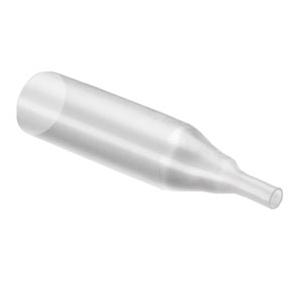 Features and Benefits of a Condom Catheter
Features and Benefits of a Condom Catheter
A male external catheter provides an alternative to incontinence pads for men and can offer an improved quality of life. For various reasons, many men find that condom catheters offer several benefits over traditional intermittent catheters.
Comfort
External catheters are much more comfortable than indwelling catheters because they are non-invasive.
Reduced UTIs
Urinary tract infections (UTIs) can be reduced by using an external Texas catheter.
Ease of application
The easiness of applying and removing the external catheter can be the primary motivation for many people. Once you’ve had an assessment and indicated the correct sizing, most people can apply and remove the sheath independently.
How to Choose a Condom Catheter
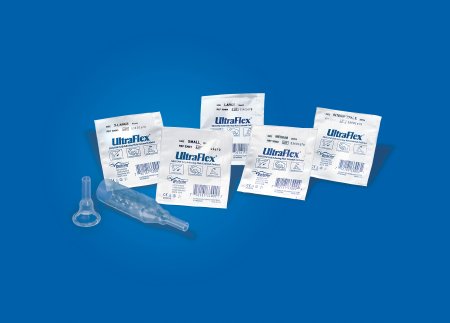 Condom catheters, much like all incontinence products, are not one-size-fits-all. Whether you are a man exploring more affordable catheter options or looking for a catheter better suited for your lifestyle, choosing the correct size external catheter is essential when purchasing. Proper sizing is crucial for safety reasons and can also give you peace of mind.
Condom catheters, much like all incontinence products, are not one-size-fits-all. Whether you are a man exploring more affordable catheter options or looking for a catheter better suited for your lifestyle, choosing the correct size external catheter is essential when purchasing. Proper sizing is crucial for safety reasons and can also give you peace of mind.
A male external catheter doesn’t have to be uncomfortable. One that is too small will feel too tight, and one that is too large will not fit securely enough to protect against leaks. Ensuring the right size male external catheter makes all the difference when managing incontinence.
A properly fitting male external catheter should be comfortable, odor-free, protect against leaks, and should fit snugly. It is also essential to note that if you are allergic to latex, make sure you choose a silicone-based male external catheter.
The best way to get the proper sizing for a Texas catheter is to schedule an appointment with a nurse specialist that has experience in sizing and teaching men to use this type of catheter. Most primary care physicians have access to these types of nurses.
Adhesive and Non-Adhesive Condom Catheter Options
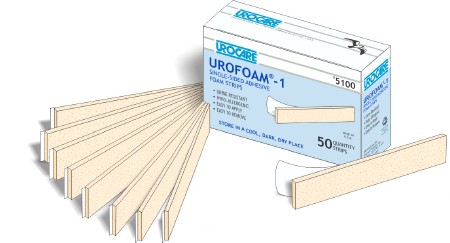 Another option to consider when choosing a Texas catheter is the feature of adhesive and non-adhesive choices. Self-adhesive condom catheters like the UltraFlex Silicone Self-Adhering External Catheter are 100% latex-free and have adhesive material inside, providing a reliable bond for maximum wear time.
Another option to consider when choosing a Texas catheter is the feature of adhesive and non-adhesive choices. Self-adhesive condom catheters like the UltraFlex Silicone Self-Adhering External Catheter are 100% latex-free and have adhesive material inside, providing a reliable bond for maximum wear time.
Non-adhesive condom catheters feature a strap made of foam material and a Velcro closure to hold the external catheter in place. The Dover External Catheter by Cardinal Health is a soft latex Texas catheter with a foam strap to help keep it securely in place.
External catheter straps can also be purchased separately to provide an added sense of security. The Urocare Uro-Strap Male External Catheter Strap is a convenient and affordable option that is fully adjustable for individual size requirements.
Condom Catheter Tips
- If you are experiencing leaks with your male external catheter, it is likely to be a sizing issue.
- Make sure to keep the urine drainage bag lower than the level of the external catheter to avoid backflow.
- Condom catheters vary in shape and size depending on the manufacturer. Always check the specific manufacturer’s directions and fitting instructions.
- Hygiene is essential. Always thoroughly wash your hands before applying and removing the male external catheter, ensuring it does not touch surfaces once opened.
Related resource: External Catheters for Men and Women
Best-Selling Condom Catheters


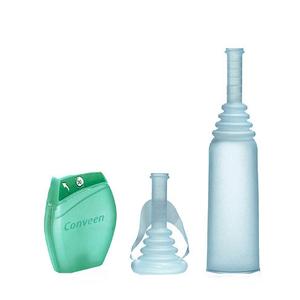
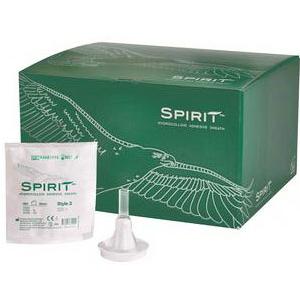
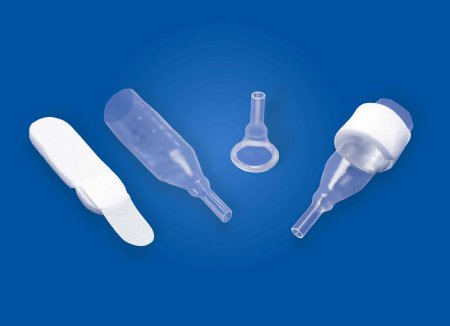
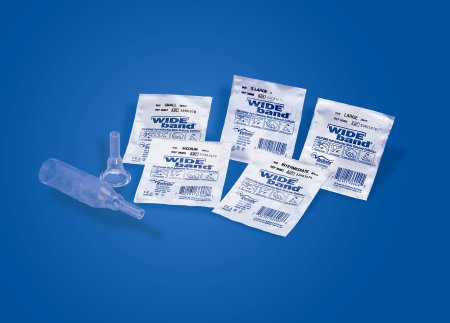



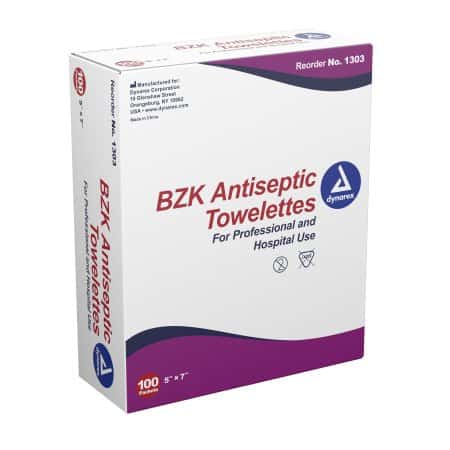
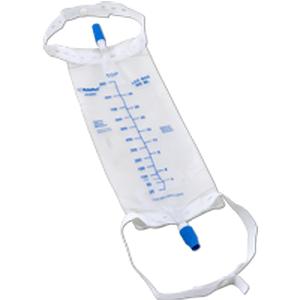
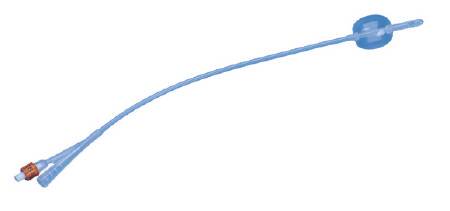
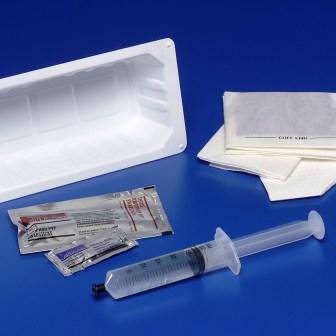
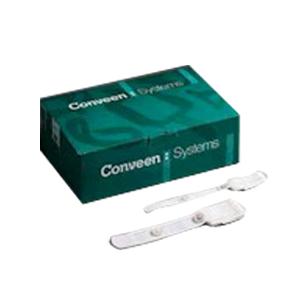













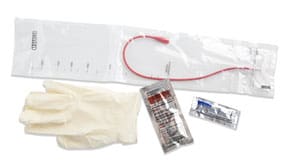
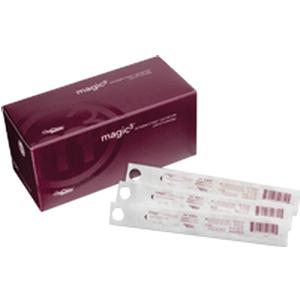
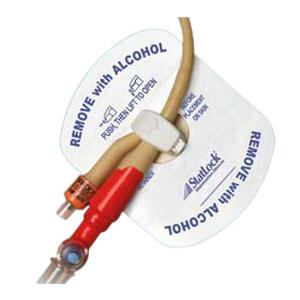
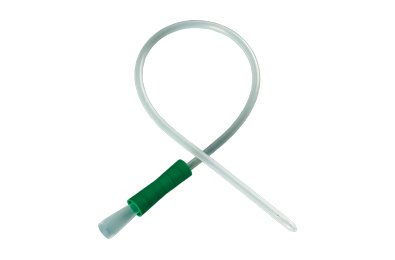




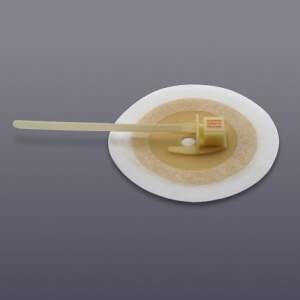
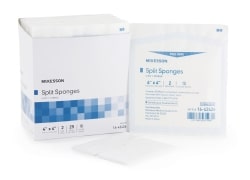
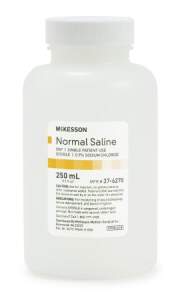
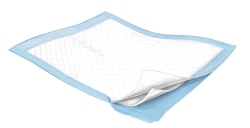










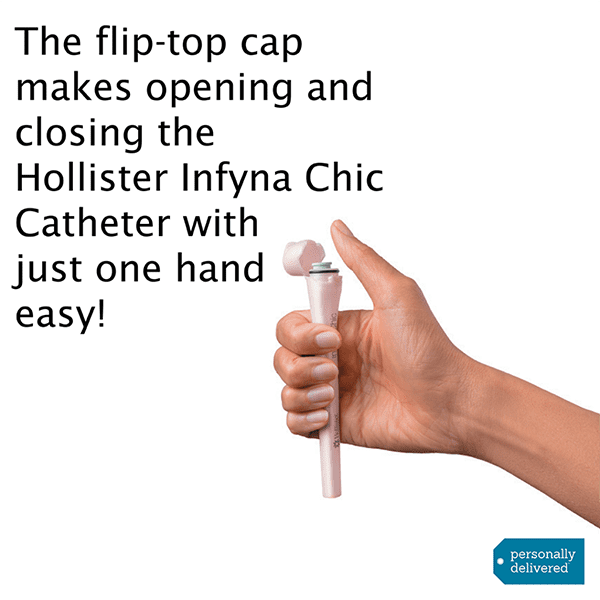
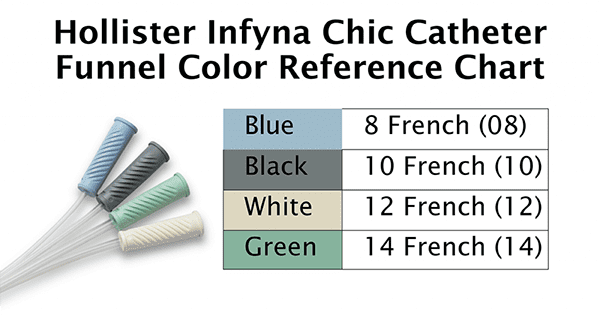

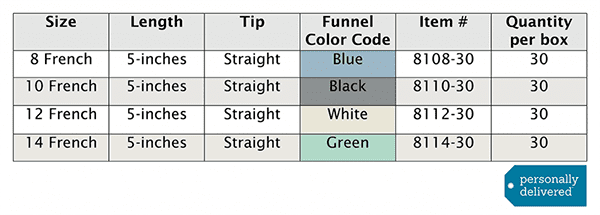
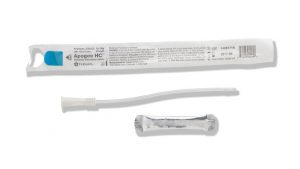
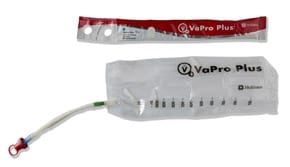
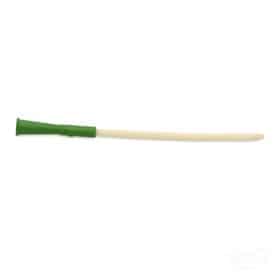
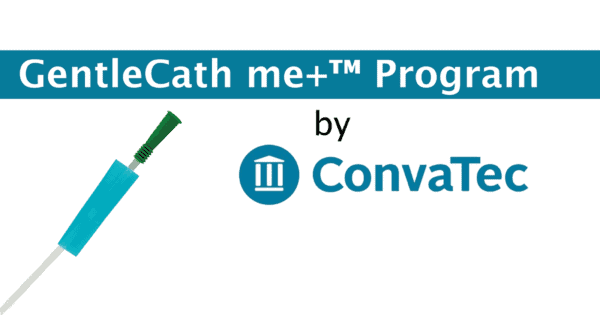
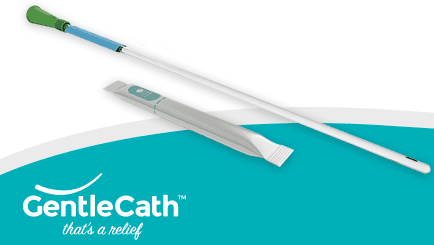





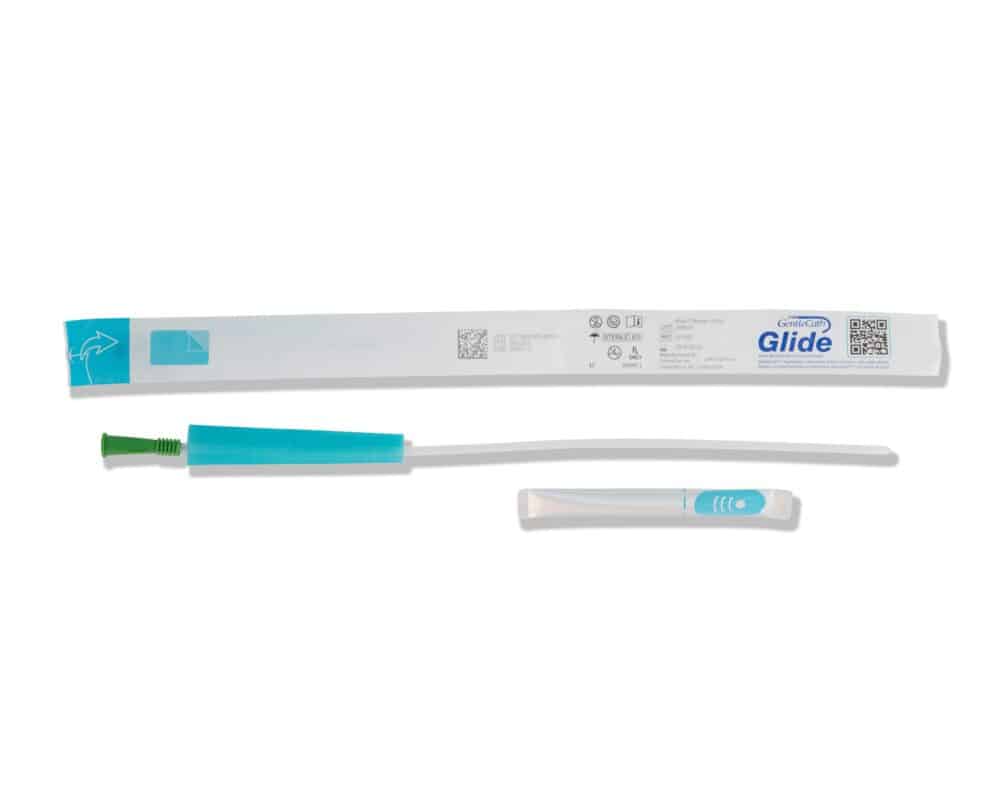

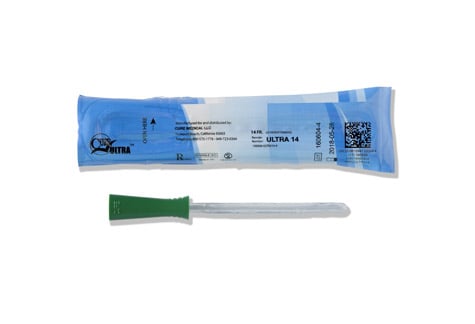
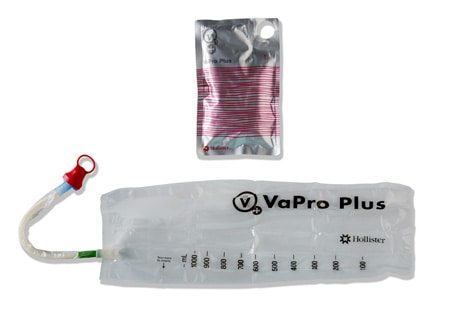
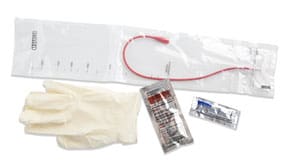

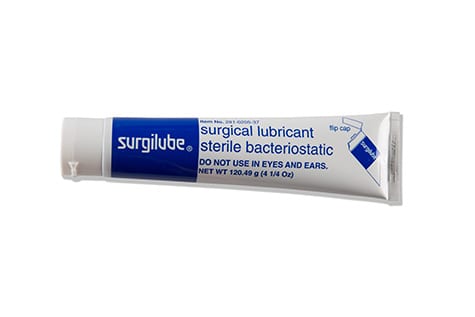

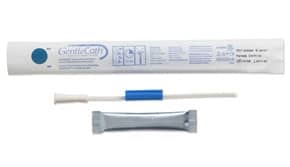

 Yearly mammograms are the best way to detect breast cancer’s early stages when it is easier to treat. The USPSTF recommends women get mammograms at the following ages:
Yearly mammograms are the best way to detect breast cancer’s early stages when it is easier to treat. The USPSTF recommends women get mammograms at the following ages: The American Cancer Society (ACS) recommends people with an average risk for colorectal cancer start regular cancer screenings at age 45. Simultaneously, the U.S. Preventive Services Task Force (USPSTF) advises beginning screening at age 50. Those with an increased risk for colorectal cancer due to family history may need cancer screenings at an earlier age.
The American Cancer Society (ACS) recommends people with an average risk for colorectal cancer start regular cancer screenings at age 45. Simultaneously, the U.S. Preventive Services Task Force (USPSTF) advises beginning screening at age 50. Those with an increased risk for colorectal cancer due to family history may need cancer screenings at an earlier age.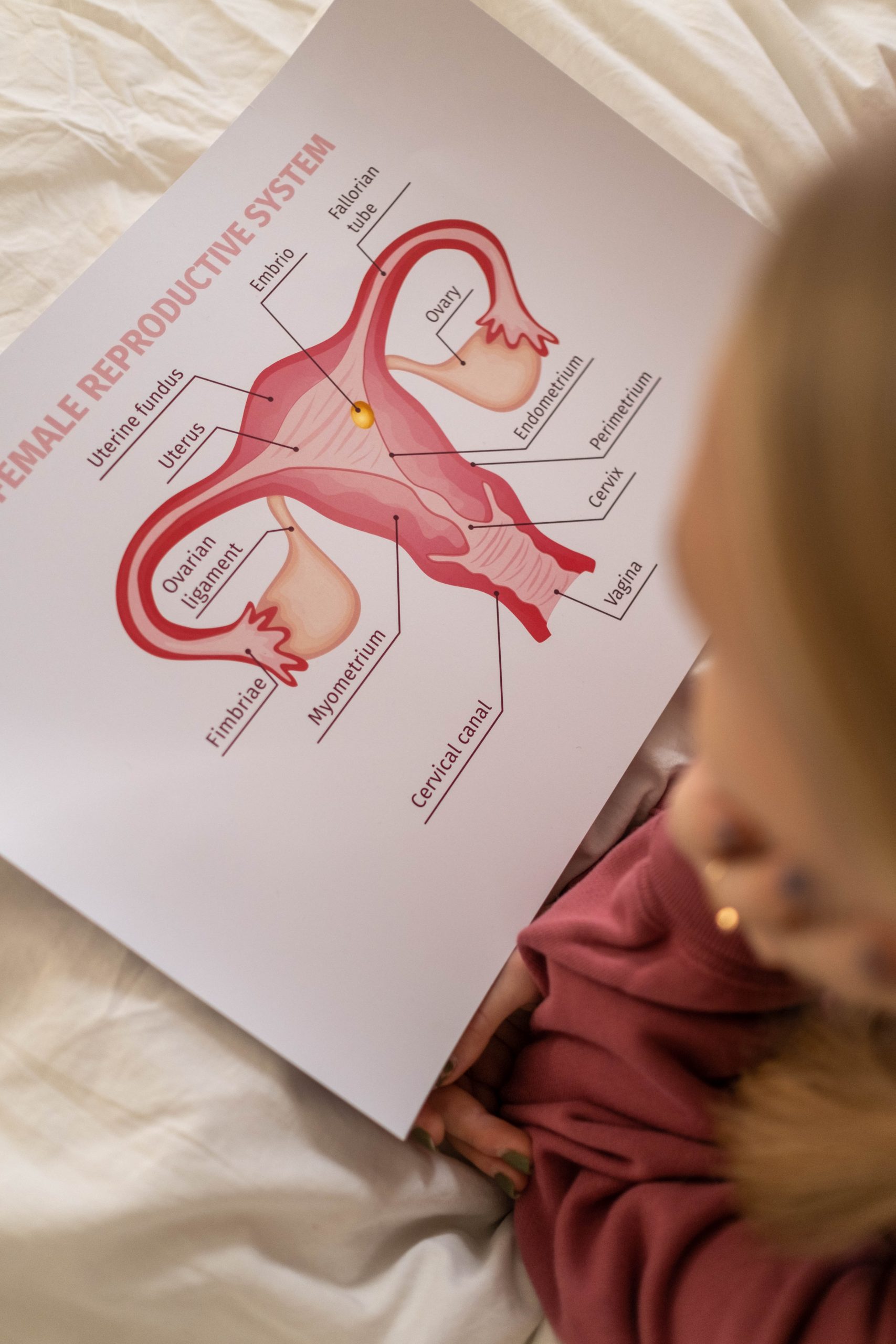 Endometrial cancer forms in the lining of the uterus. Endometrial cancer is often cured by early detection and surgical removal of the uterus. After reaching menopause, women who have abnormal bleeding or spotting should tell their doctors. Your doctor may order cancer screenings to help detect endometrial cancer.
Endometrial cancer forms in the lining of the uterus. Endometrial cancer is often cured by early detection and surgical removal of the uterus. After reaching menopause, women who have abnormal bleeding or spotting should tell their doctors. Your doctor may order cancer screenings to help detect endometrial cancer.